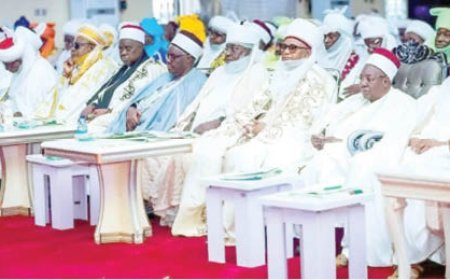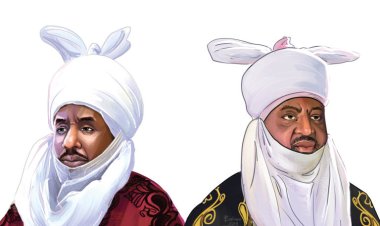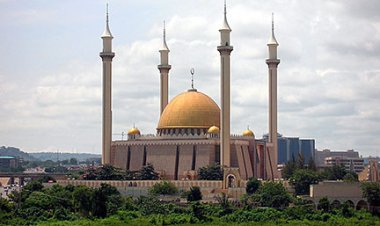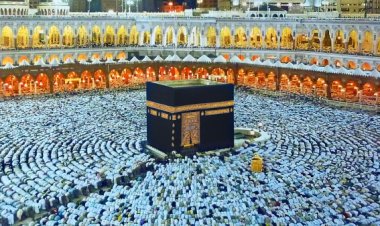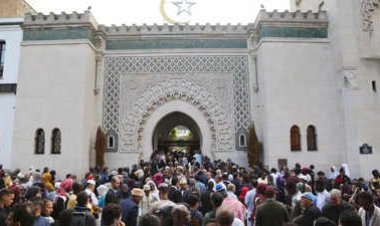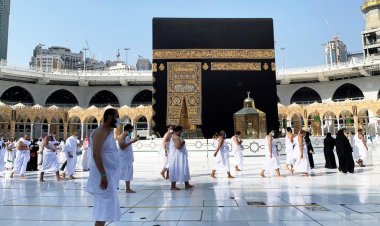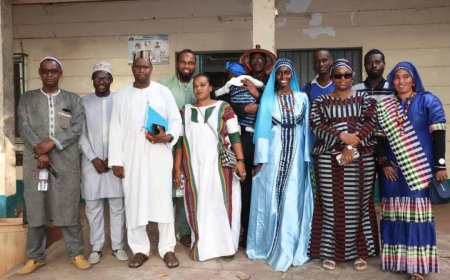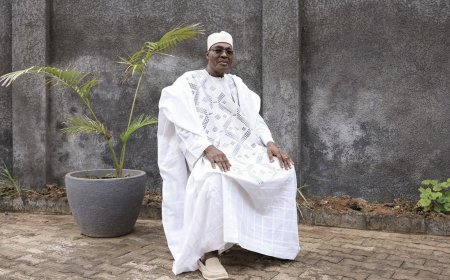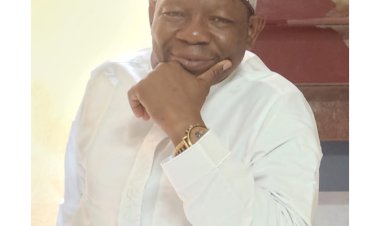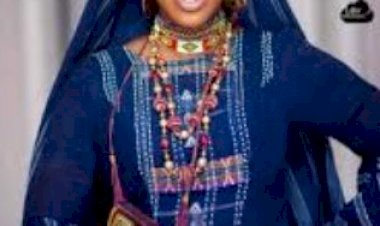FULANI ART: Art and life in Africa.
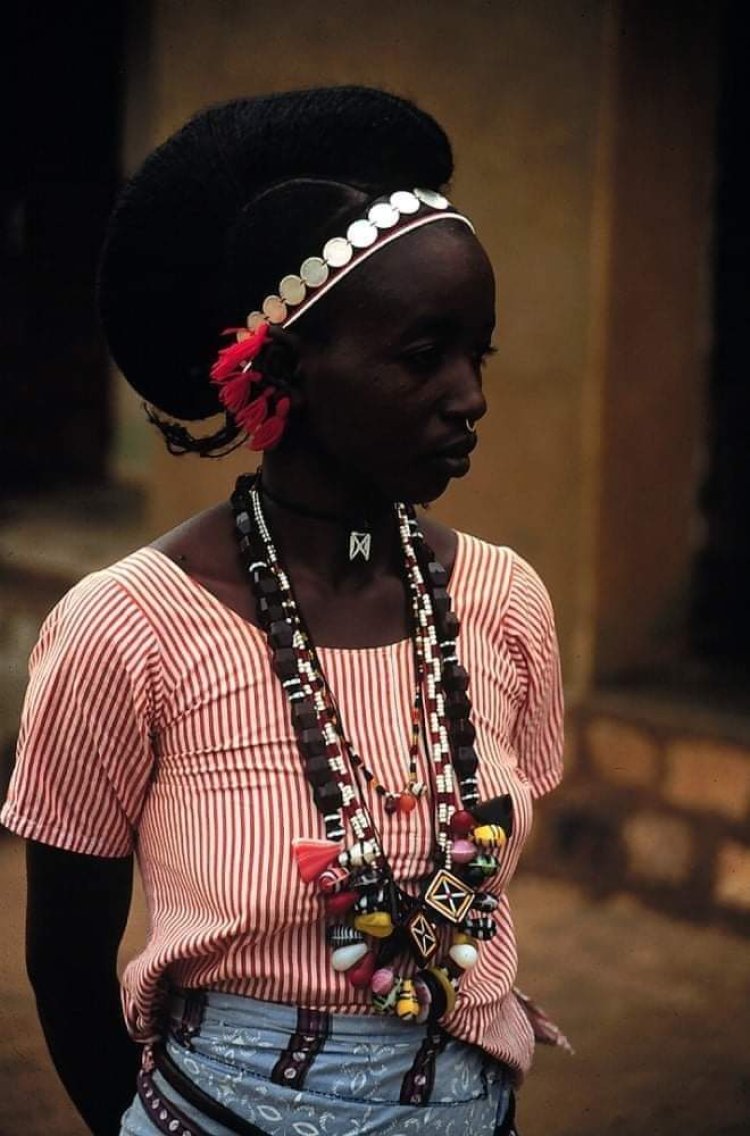
"Fulani artists are primarily known for decorated gourds, textiles, hairstyles and personal adornment. In terms of style and color, Fulani art commonly features geometric shapes as motifs and meticulous details-, especially in textiles and gourds, and the use of black, red, yellow and white. Important collections of Fulani art appear at the Fowler Museum at UCLA and the Musée de Bamako in Mali."
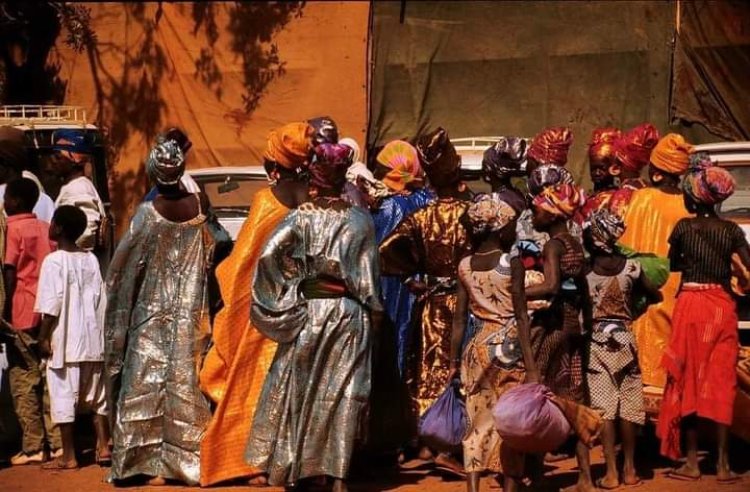
"Gourds decorated by Fulani artists range from those with a plain to an elaborate patterned surface. They commonly take one of the four following shapes: globular; flattened globular; tubular; and bottle shaped. When decorating gourds, Fulani women use abstract motifs, such as circles, squares, triangles and lines, as well as figural motifs such as people, camels, and airplanes. There are two main methods of decoration: pyro-engraving and pressure engraving. Pyro-engraving involves burning lines into the surface of the gourd with a hot metal blade, while pressure engraving generally consists of using a jalbal (an iron point). Pressure engraving designs created by pastoral Fulani generally take two forms: vertical arrangements of motifs around the outer edge area leaving the center free and a design divided into into four equal parts, which means greater use of the gourd’s surface area (Berns and Hudson 1986)."
"Kaakel demonstrate that gourds are an important part of a woman’s social and economic status. Kaakel is a way for women to display fifty or more gourds encased in wooden mesh supported by two wooden poles. Because gourds are lightweight and easy to transport, they provide an ideal art form for those who lead a nomadic lifestyle."
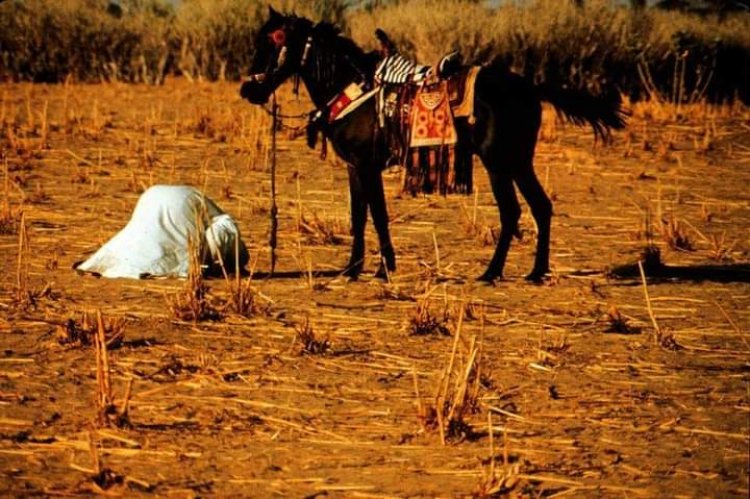
"In the Middle Niger area of Mali, there is a renowned class of male weavers known as the maabuube. Men typically weave while women spin wool and cotton. One type of textile produced by the maabube is called kaasa. These range in size from approximately 3.9 to 4.2 feet (1.2 – 1.3 meters) by six to eight feet (1.8 to 2.4 meters). Herders use kaasa to keep warm and ward off mosquitoes. The dominant color is white, but black, red and yellow are also used."
"Kereka are another form of textiles created by maabuube. They are suspended over the bed in a tent like fashion and are used as mosquito nets. The dominant color of kereka is red, but white, black, and yellow are also common. Typically, they measure approximately sixteen by six and a half feet (4.8 by two meters). There is a wide range of patterns, however, and many are based on similar geometric designs (Imperato 1976). Arkilla are also a type of textile used as a mosquito net that are hung by a bride’s marriage bed. Hairstyles also provide an important example of Fulani creative expression. Among women, there are two basic styles on which others are based: a high crest that runs from the forehead to the nape of the neck with braids that hang in front of and behind the ears and braids that hang all around the head leaving the center of the head free (Roy 2007). These hairstyles also allow women to carry objects on their heads. Women also decorate their hair further by adding silver picks and other accessories."
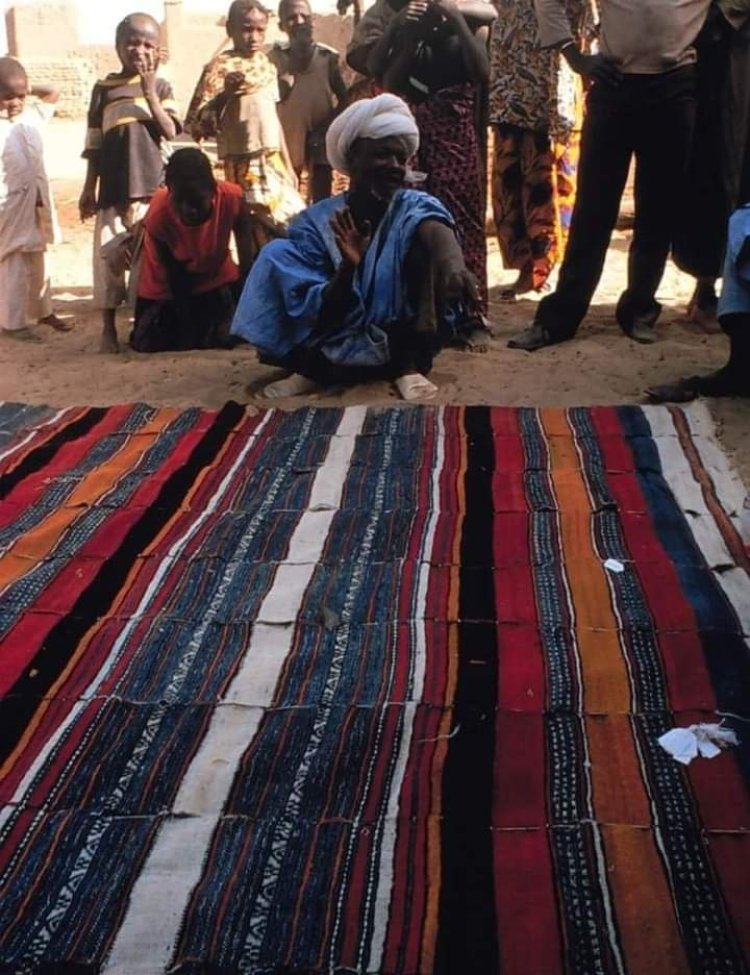
"Personal adornment is an important part of gerewol, the beauty competition during which three of the most beautiful maidens choose the most handsome Fulani man. Men line up and dance for hours while making exaggerated facial expressions and standing on their tip-toes to showcase their charm. Men use red-colored ocher on their faces, tight wrappers around their hips, white ostrich plumes on their headdresses, and strings of white beads crisscrossing their chests. They use black make-up on their lips and rims of their eyes to highlight the whiteness of their teeth and eyes."
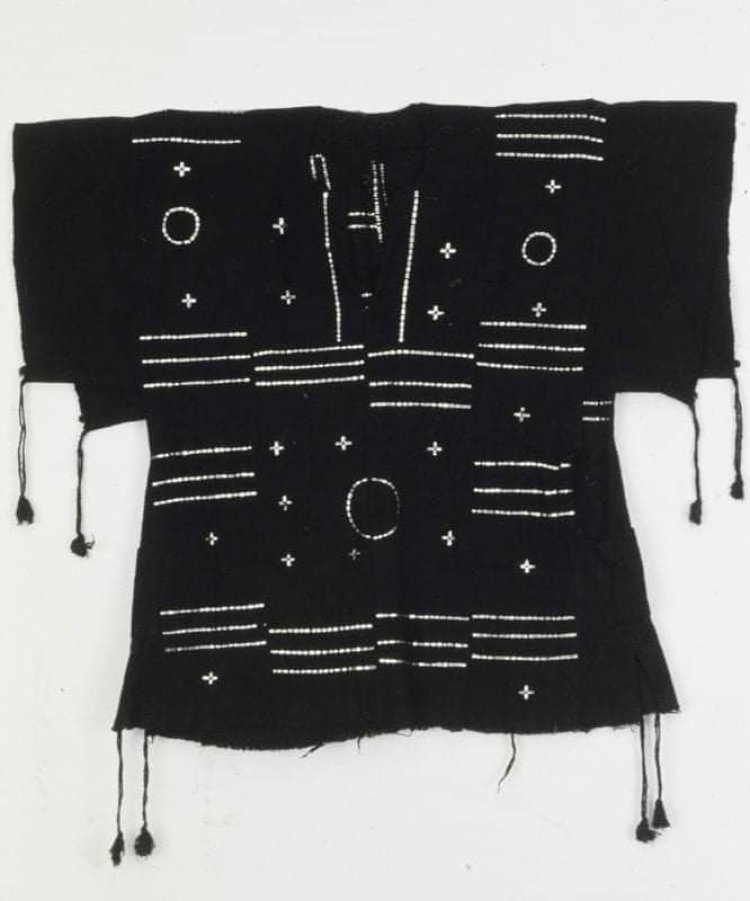
~University of Iowa Stanley Museum of Art. Mali; Fulani (Fula) peoples "Fula Song of Welcoming to Djenné" Mali, Kondo, Bamako and elsewhere, Bamana, Fula and Dogon, 1984- 1987
Collected by Peter Lucas Indiana University, Bloomington
Archives of Traditional Music; 88-107-F~










